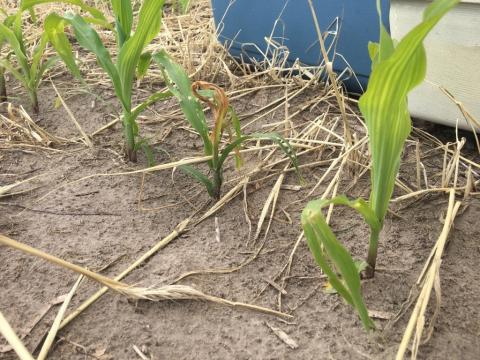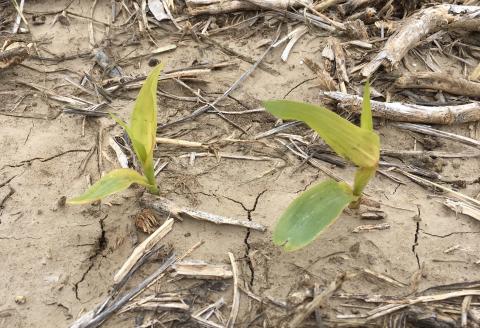Suspected Wheat Stem Maggot Damage in Corn following Cover Crops
Nebraska Crop Progress and Condition
For the week ending June 11, Nebraska temperatures averaged four to eight degrees above normal and were accompanied by dry conditions, according to the USDA’s National Agricultural Statistics Service. Only the southern tip of the Panhandle and a few central counties received significant rain. The warm, dry weather allowed planting and other field work to continue.
Control of Glyphosate-Resistant Volunteer Corn in LibertyLink Soybean
View Corn Contest Plots at UNL-TAPS Field Tour June 27
USDA: Planting Surges with Warm, Dry Conditions
For the week ending June 4, with warmer temperatures and rain limited to the western Panhandle, planting progressed with 6.4 days suitable for fieldwork, according to the June 5 report from the National Agricultural Statistics Service.
Percent Corn (95%) and Soybean (76%) Planted near Long-Term Averages
For the week ending May 28, cool and mostly dry conditions prevailed, according to the USDA’s National Agricultural Statistics Service. Average temperatures ranged from three to nine degrees below normal. Some areas of the Panhandle and southeast Nebraska received up to an inch of rain; however, much of the state remained dry.




